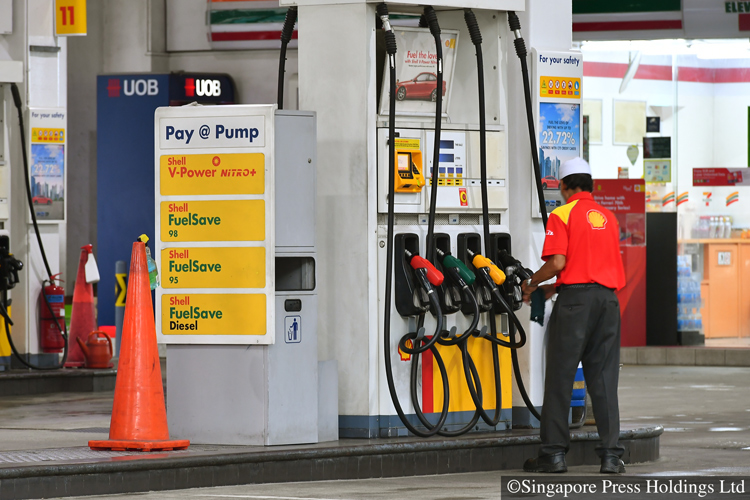
COVID-19 has made 2020 one of the most miserable years in recent history.
Globally, economies are in recession. Countries have closed their borders. It will be a long time before international travel becomes safe again.
Quarantine, leave of absence, work from home and social distancing are today’s buzzwords.
COVID-19 or SARS-CoV-2 hasn’t spared motorists either. Here are six ways that COVID-19 has affected drivers.

1. LESS TRAFFIC
Fewer cars on the road mean lower fuel consumption for those who still drive. From an economical and ecological perspective, this is great.
There are fewer cars on the road because many who otherwise drive to work are working from home. But the sight of empty streets also reflects the fact that the economy is in trouble.
I actually can’t wait to see more cars on the road. Hopefully that will be a sign of economic recovery.

Cabbies and private-hire drivers have seen their earnings dive as the COVID-19 pandemic continues.
2. CABBIES AND PRIVATE-HIRE DRIVERS HAVE IT HARD
COVID-19 has caused more people to work from home. That means fewer commuters need taxis and private-hire cars.
With fewer takings, many drivers have had to give up driving. Industry observers estimate that 30 percent of fleets could be unhired.
Taxi companies and private-hire firms are keeping mum about this, though.
COVID-19 has also resulted in more people avoiding going out unnecessarily. That has also driven down passenger numbers. Even public transport ridership has drastically fallen.
3. NEED TO DISINFECT CABINS
Most car owners are content to vacuum and wipe down their interior.
But in the era of COVID-19, we also need to disinfect our car cabins. We must also service the car air-con. One cannot be too careful these days.

4. HOLDING BACK ON SERVICING
The economic turmoil and uncertainty have led some car owners to forego or put off car maintenance for now.
Oil changes and perhaps tyre replacements are being delayed. No thanks to the COVID-19 crisis, many motorists are saving their dollars instead of spending them.
It is easy for us enthusiasts to criticise those who neglect their cars. But remember, everyone needs to make ends meet while still being able to put a little away.
For some, that means reducing expenses by cutting back on servicing, grooming or modifying their cars.

5. HOLDING BACK ON CAR PURCHASES
A car is the second-most expensive item that many consumers in Singapore will acquire.
With COVID-19 roiling markets, many are putting off their purchase of a new or pre-owned car.
Car dealers have even bigger problems. Unsold inventory costs money. Trouble is, even if they can sell it, getting new stocks is another issue.
Many manufacturers have temporarily shuttered their factories to combat COVID-19. The supply of new cars is likely to be delayed.

6. LOWER FUEL PRICES
The one thing car owners desire is lower fuel prices. At time of writing, a litre of 95-octane petrol costs $2.09 before discount.
More than two months ago, the same grade of petrol cost $2.38 per litre. Prices then were at record highs.
And unless something changes, we can expect petrol prices to trend downwards.
COVID-19 has caused a slump in the demand for crude oil, which is now trading at under US$30 per barrel. However, Saudi Arabia is still preparing to ramp-up oil production in spite of this.
According to this article by The Guardian, oil prices may fall to US$10 per barrel if oil-producing nations don’t cut back on production.
Motorists will be happy if petrol prices continue to slide. However, we must look at the bigger picture. If demand for fossil fuels does not increase, it means economies remain in a slump.
That means more bad news in the pipeline.
Compare petrol prices using Fuel Kaki
5 ways drivers can protect themselves from COVID-19












